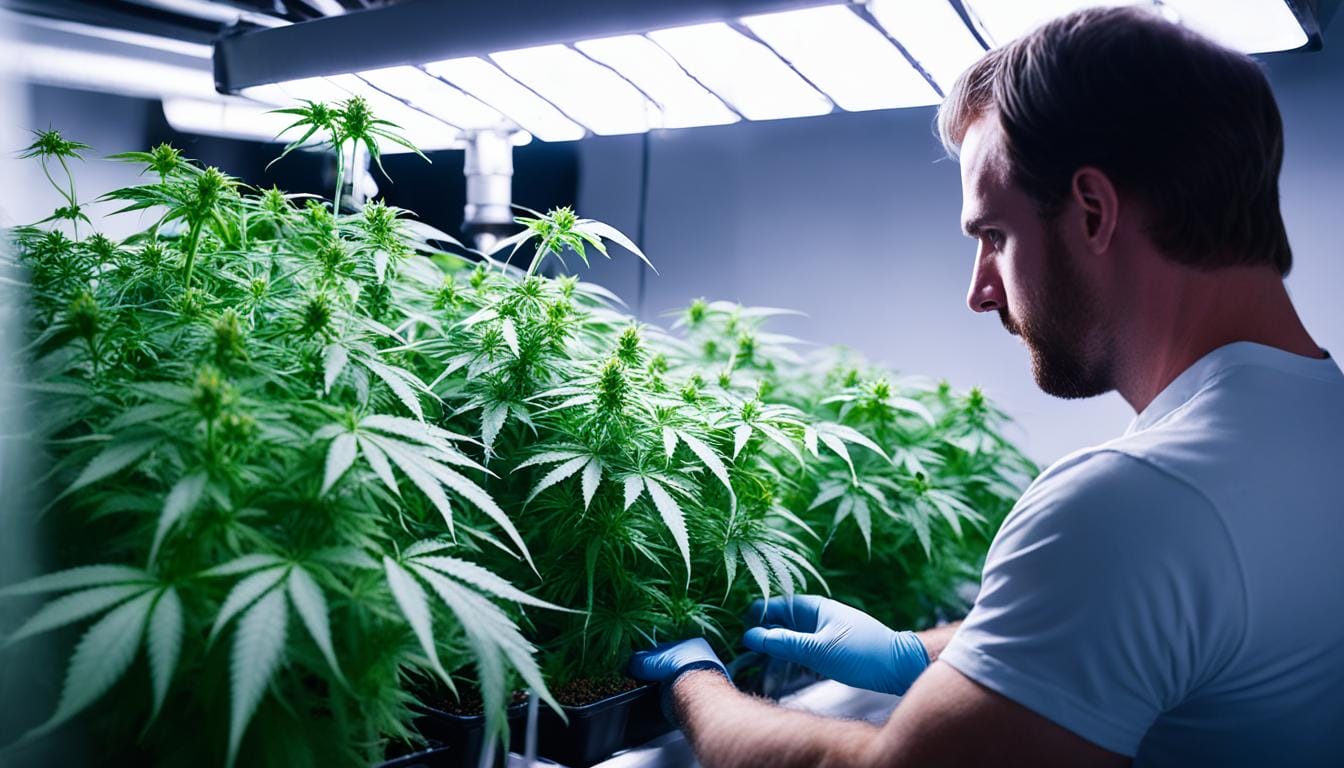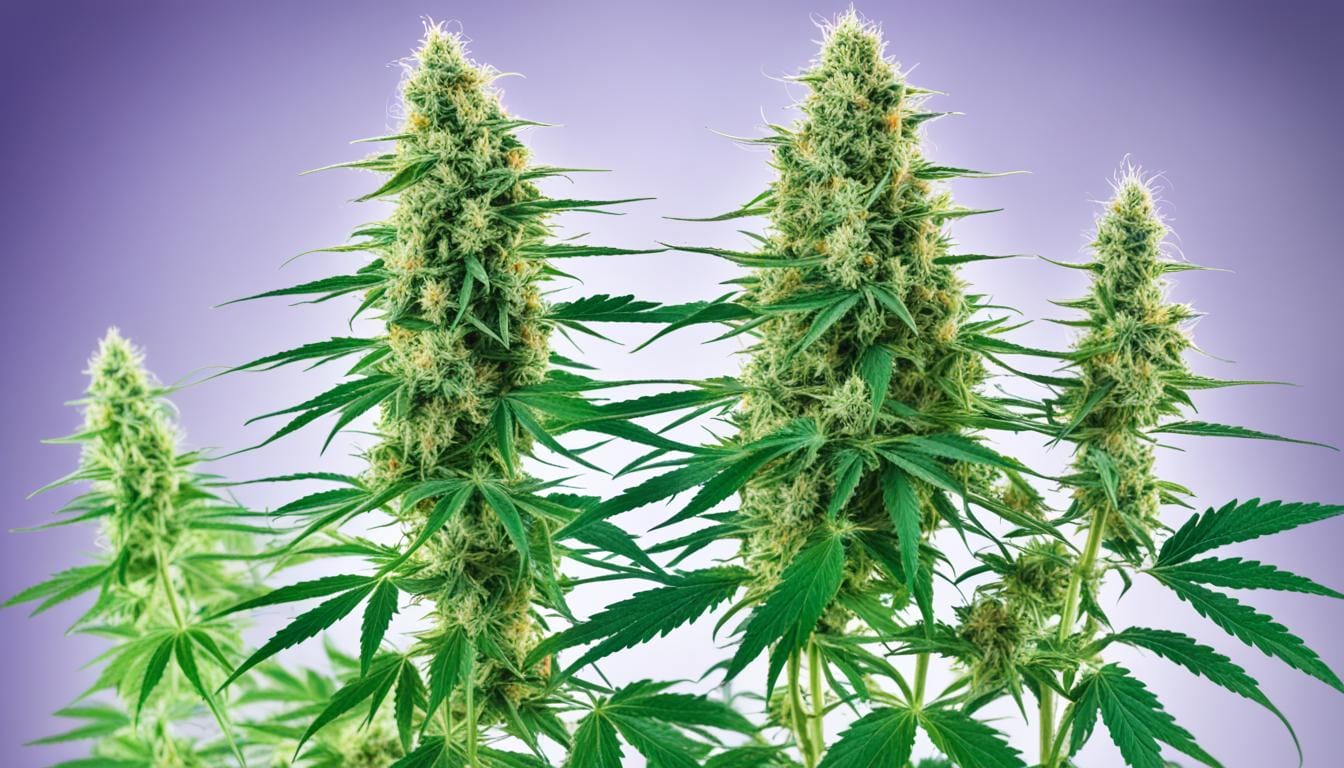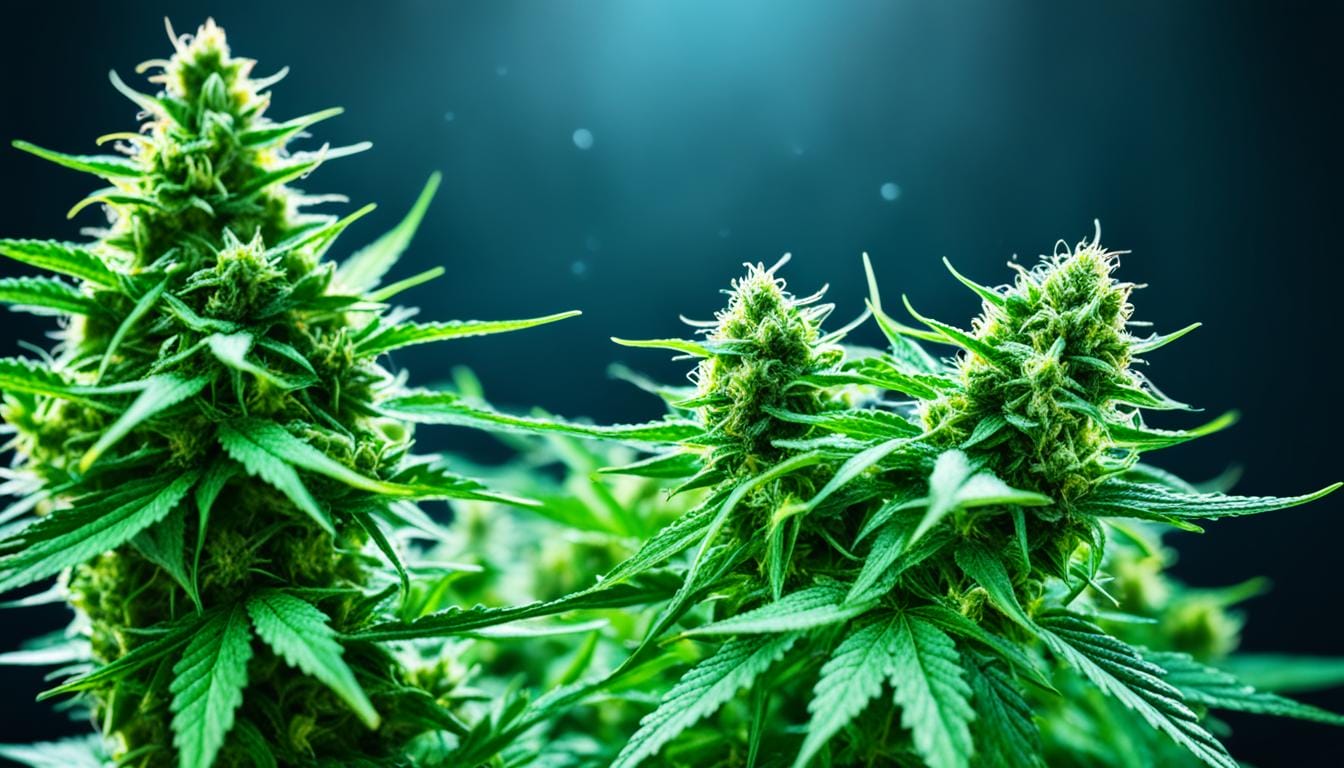Unlock the potential of your crop with expert tips on thriving through the hurdles of growing with Feminized Seeds. Get robust yields every time!
How To Grow Feminized Marijuana Seeds Indoors
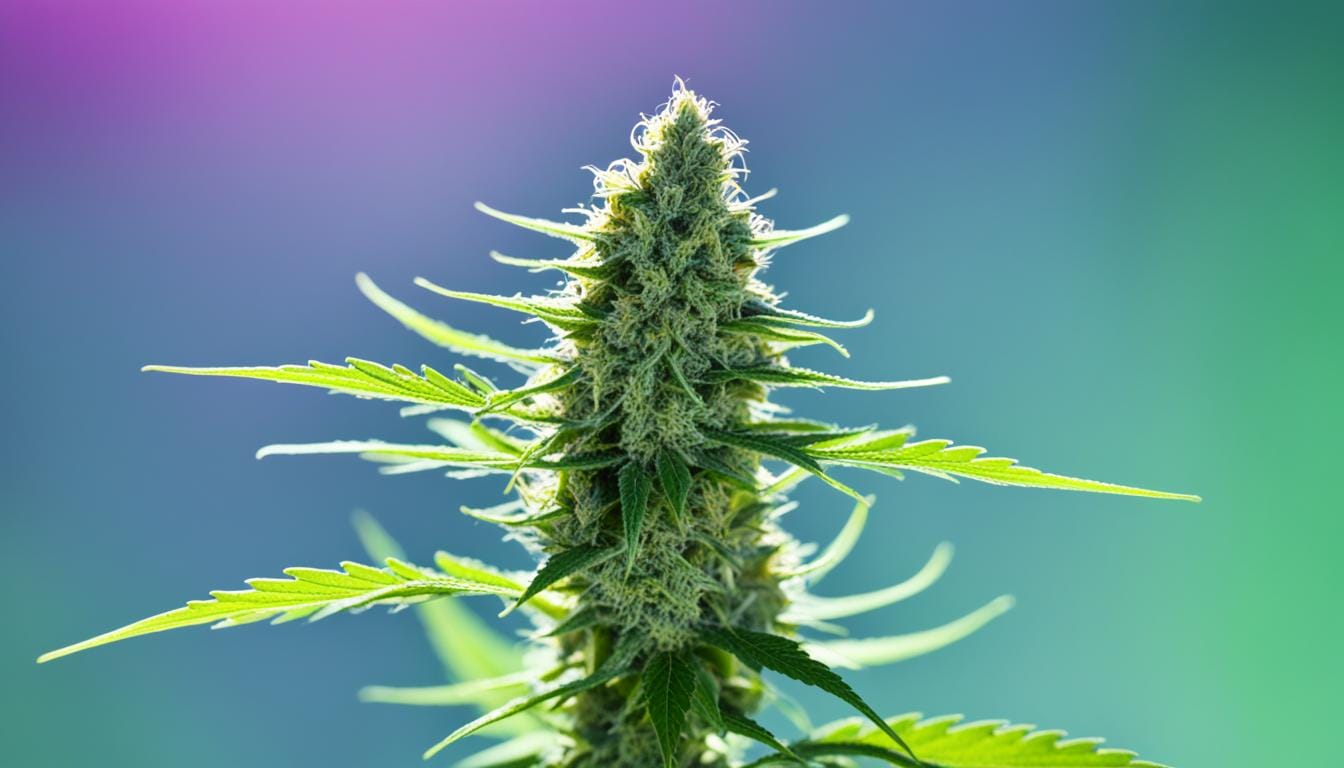
Did you know that growing feminized seeds indoors has become a popular trend among cannabis cultivators? With its numerous benefits and potential for higher yields, more and more people are turning to this method of cultivation. Whether you’re a beginner or an experienced grower, this guide will provide you with essential tips and techniques on how to grow feminized marijuana seeds indoors.
Key Takeaways:
- Learn how to grow feminized marijuana seeds indoors
- Discover the benefits of feminized seeds and their potential for higher yields
- Understand the importance of selecting the right strain for your indoor space
- Create the ideal growing environment with proper temperature, air circulation, lighting, and humidity levels
- Explore different cultivation methods and choose the one that suits your needs
Why Choose Feminized Seeds?
Feminized cannabis seeds have gained immense popularity among cannabis cultivators for several compelling reasons. These specially bred seeds are designed to produce only female plants, providing numerous benefits over traditional seeds. When you choose feminized seeds for your indoor growing endeavors, you can enjoy:
- Higher THC and CBD Content: Feminized seeds are known for their elevated levels of THC and CBD, making them ideal for obtaining potent and therapeutic cannabis plants.
- Larger Yield: By opting for feminized seeds, you can maximize your harvest. These seeds have a higher probability of producing robust and bountiful plants, resulting in a larger yield of smokable buds.
- No Male Plants: One of the significant advantages of feminized seeds is that they do not produce male plants. This eliminates the need for identifying and removing male plants, streamlining the cultivation process.
- Improved Bud Quality: Female plants are highly sought after for their exceptional bud quality. Feminized seeds produce plants with enhanced taste, aroma, and overall effect, providing a more satisfying experience for cannabis consumers.
As you can see, feminized cannabis seeds offer a range of benefits that can enhance your indoor growing journey. Their ability to produce female-only plants with higher THC and CBD content, larger yields, and improved bud quality makes them a fantastic choice for anyone seeking successful and rewarding indoor cultivation.
Now that you understand the benefits of feminized seeds, let’s delve into the process of selecting the right strain for your indoor growing endeavor.
Selecting the Right Strain
When growing feminized seeds indoors, it is crucial to select the right strain. The strain you choose will have a significant impact on the success of your indoor growing journey. Consider the following factors when selecting a strain:
Environmental Suitability
Take into account the environmental conditions of your indoor space. Some strains thrive in specific temperature and humidity ranges, while others are more adaptable. Ensure that the strain you choose can thrive in your indoor environment.
Desired Effects
Think about the desired effects you want from the cannabis you’ll be growing. Are you looking for a strain that offers relaxation, creativity, or pain relief? Different strains have unique cannabinoid profiles that produce distinct effects. Research the effects of different strains to find one that aligns with your preferences.
Genetic Composition
Research the genetic composition of the strain you are considering. Look for information on the strain’s genetic lineage, including parent strains. Understanding the genetic composition can give you insights into the strain’s growth characteristics, flowering time, and potential resistance to pests or diseases.
Strain Comparison
| Strain | Environmental Suitability | Desired Effects | Genetic Composition |
|---|---|---|---|
| Strain A | Thrives in moderate temperatures and humidity | Provides a relaxing and uplifting effect | Indica-dominant hybrid with genetics from strains X and Y |
| Strain B | Tolerates high temperatures and low humidity | Offers a creative and energizing experience | Sativa-dominant strain with lineage from strains Z and W |
| Strain C | Requires consistent temperature and humidity control | Relieves pain and promotes better sleep | Hybrid strain with balanced genetics from strains X and Z |
By carefully considering the environmental suitability, desired effects, and genetic composition of different strains, you can make an informed decision when selecting the right strain for your indoor growing project.
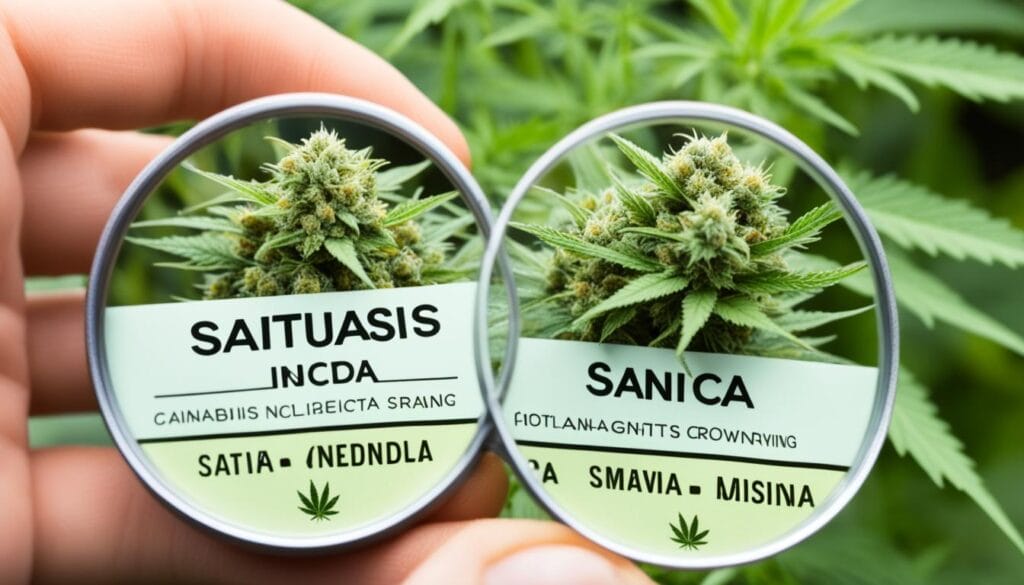
Creating the Ideal Growing Environment
To successfully grow feminized seeds indoors, it is crucial to create the ideal growing environment. Several factors, including temperature control, air circulation, lighting, and humidity levels, play a significant role in the health and productivity of your plants.
Temperature Control
Maintaining the right temperature is essential for the successful growth of feminized seeds. The optimal temperature range for indoor cultivation is around 27 degrees Celsius (80 degrees Fahrenheit). Higher temperatures can have detrimental effects on the plants, leading to stress, slower growth, and reduced yields.
Air Circulation
Proper air circulation is crucial for maintaining a healthy indoor growing environment. It helps prevent the buildup of stagnant air and minimizes the risk of mold growth. Consider using fans or ventilation systems to ensure consistent airflow throughout your growing space.
Lighting
Adequate lighting is paramount for the growth and development of feminized seeds. Depending on your preference and availability, you can opt for natural sunlight or specialized grow lights. Ensure that your plants receive the right amount and intensity of light during their various growth stages to maximize their potential.
Humidity Levels
Regulating humidity levels is crucial to avoid excessive moisture, which can lead to mold and other issues. The ideal humidity range for indoor cannabis cultivation during different growth stages varies, but generally, it should be kept between 40 percent and 60 percent.
Creating the perfect indoor growing environment requires careful attention to temperature, air circulation, lighting, and humidity levels. By maintaining optimal conditions, you can ensure healthy and thriving feminized seeds.
Table: Ideal Temperature and Humidity Ranges for Indoor Growing
| Growth Stage | Temperature Range | Humidity Range |
|---|---|---|
| Germination | 21-25°C (70-77°F) | 70-80% |
| Vegetative | 24-30°C (75-86°F) | 40-70% |
| Flowering | 21-26°C (70-79°F) | 40-50% |
| Harvest | 21-24°C (70-75°F) | 40-50% |
Choosing the Right Cultivation Method
When it comes to growing feminized seeds indoors, selecting the right cultivation method is crucial. There are various options available, each with its own strengths and considerations. Let’s explore some of the most popular indoor cultivation methods:
Soil-Based Cultivation
Soil-based cultivation is a traditional and widely used method for growing feminized seeds indoors. It involves planting the seeds in a nutrient-rich soil medium and providing regular watering and nutrient supplementation. This method is beginner-friendly and provides a familiar growing environment similar to outdoor gardening.
Hydroponics
Hydroponics is a soilless cultivation method that involves growing plants in a nutrient-rich water solution. The plants are typically supported by an inert medium like perlite or coconut coir. This method allows for precise control over nutrient delivery and eliminates the need for soil, minimizing the risk of soil-borne pests. Hydroponics can result in faster growth rates and higher yields compared to soil-based cultivation.
Aeroponics
Aeroponics is a high-tech cultivation method that involves suspending the plant roots in a misted environment. The plants receive nutrients and water through a fine mist sprayed directly onto the roots. This technique promotes rapid growth and increased oxygenation of the roots. Aeroponics requires specialized equipment but can be highly efficient in terms of water and nutrient usage.
Deep Water Culture
Deep Water Culture (DWC) is another soilless method in which the plant roots are submerged in a nutrient-rich water solution. Oxygen is continuously supplied to the roots through the use of air stones or diffusers. DWC is known for its simplicity and ease of maintenance. It offers excellent nutrient uptake and can result in robust plant growth and high yields.
When choosing the right cultivation method for growing feminized seeds indoors, consider factors such as your level of expertise, available resources, and desired level of control. Each method has its advantages and disadvantages, so choose the one that aligns best with your goals and preferences.
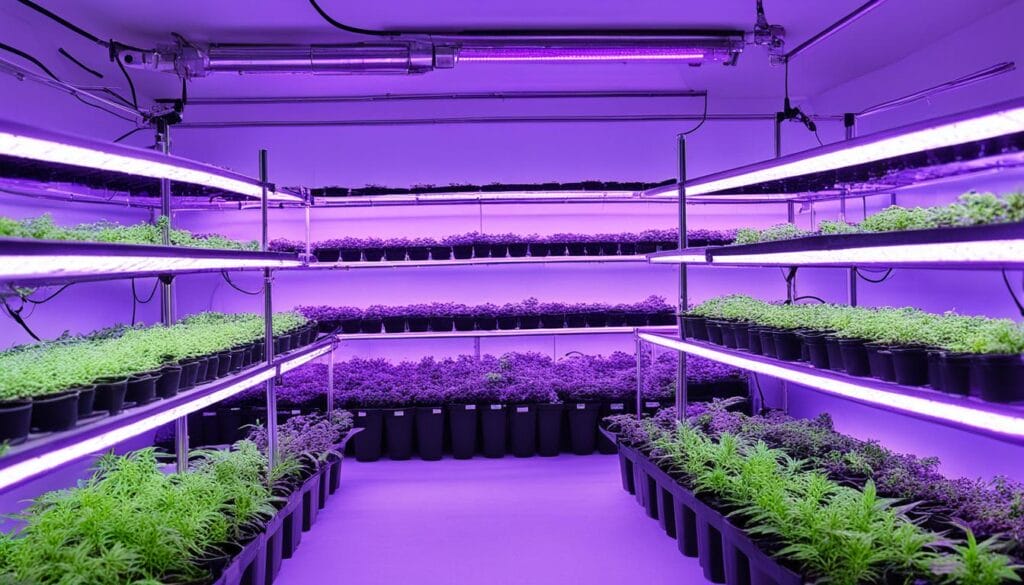
When it comes to indoor cultivation, the choice of method can have a significant impact on the overall success of your feminized seed grow. Now, let’s take a deeper look at a comparative table of these cultivation methods:
| Cultivation Method | Advantages | Disadvantages |
|---|---|---|
| Soil-Based Cultivation |
|
|
| Hydroponics |
|
|
| Aeroponics |
|
|
| Deep Water Culture |
|
|
Remember, the success of your feminized seed grow relies not only on the cultivation method but also on your knowledge, attention to detail, and ability to provide optimal growing conditions.
Providing the Essential Nutrients
Proper nutrition is crucial for the successful growth of feminized seeds indoors. Providing your plants with balanced nutrients and minerals is essential to ensure healthy growth and optimize their potential. Not only do plants require water to survive, but they also have specific nutrient requirements that need to be met for optimal development.
One of the key factors in providing the essential nutrients is monitoring the pH levels of the water. pH is a measurement of the acidity or alkalinity of a substance and plays a significant role in nutrient availability. It is important to maintain the appropriate pH level to allow for proper nutrient absorption by the plant’s roots. The ideal pH range for most cannabis strains is between 5.8 and 6.5.
Addressing Nutrient Deficiencies
Nutrient deficiencies can hinder the growth and overall health of your feminized plants. Symptoms of nutrient deficiencies can manifest in various ways, such as yellowing or wilting leaves, stunted growth, or discoloration. To prevent these issues, it is crucial to provide a balanced fertilizer that contains the necessary macro and micronutrients for optimal growth.
Here is a table outlining the primary macronutrients and their functions:
| Nutrient | Primary Function |
|---|---|
| Nitrogen (N) | Essential for leaf and stem growth |
| Phosphorus (P) | Promotes root development and flowering |
| Potassium (K) | Aids in overall plant health and stress tolerance |
In addition to these macronutrients, feminized plants also require micronutrients, albeit in smaller quantities. These include iron (Fe), manganese (Mn), zinc (Zn), copper (Cu), molybdenum (Mo), boron (B), and chlorine (Cl), among others. Ensuring that your plants receive a balanced mix of macro and micronutrients will help prevent deficiencies and promote vigorous growth.
Remember to follow the instructions provided by the fertilizer manufacturer to avoid overfertilization, as it can lead to nutrient burn and other complications. Regularly monitor your plants’ health and adjust the nutrient schedule accordingly for optimal results.
“Providing the proper nutrients is like fueling your plants for success. Ensuring they have all the essential elements will help them reach their full potential and produce the best yields. It’s a critical part of the cultivation process.” – Expert Grower
To summarize, providing the right nutrients is vital for the successful growth of feminized seeds indoors. Monitor the pH levels, prevent nutrient deficiencies, and use balanced fertilizers to promote healthy plant development. By implementing proper nutrition practices, you’ll be well on your way to maximizing the growth potential of your feminized plants and cultivating high-quality cannabis.
Germinating the Seeds
Germination is a critical step in the successful growth of feminized cannabis seeds. To kickstart the germination process, begin by soaking the seeds in tap water for approximately 12 hours. This soaking period helps soften the seed’s outer shell, allowing for easier germination.
After soaking, transfer the seeds onto a damp paper towel and gently cover them with another damp towel. This method, known as the paper towel method, provides an ideal environment for the seeds to sprout and develop taproots.
It’s crucial to maintain the optimal temperature during germination. Aim for a warm area with temperatures between 21 and 29 degrees Celsius (70 and 85 degrees Fahrenheit). This temperature range promotes faster and healthier seed development.
Within a few days, you should observe the emergence of taproots, indicating successful germination. These taproots play a vital role in anchoring the seedling and absorbing water and nutrients from the growing medium.
The germination process sets the foundation for healthy and robust plants, ensuring a successful cultivation journey.
Planting and Nurturing the Seedlings
Now that you have successfully germinated your feminized cannabis seeds, it’s time to plant and nurture the seedlings. This crucial stage sets the foundation for healthy and robust plants. Follow the steps below to ensure proper growth and development.
Planting the Seedlings
Take small pots filled with high-quality potting soil (such as Fox Farm Ocean Forest) and make a small hole in the center. Gently place the seedling in the hole, ensuring that the roots are adequately covered and the plant stands upright. Be careful not to plant the seedling too shallow or too deep, as it can affect its growth.
Pro Tip: Remember to label each pot with the strain name to keep track of your plants if you are growing different strains.
Watering Schedule
Maintain a regular watering schedule to provide the seedlings with adequate moisture without overwatering. Check the soil moisture level by inserting your finger about an inch deep into the soil. If it feels dry, it’s time to water the plants. Use a gentle stream of water to wet the soil evenly without causing disturbance to the seedlings.
Keep in mind that overwatering can lead to root rot and other plant diseases. It’s essential to find the right balance.
Light Requirements
Provide your seedlings with the right amount of light for healthy growth. If you are using natural sunlight, place the pots in a bright area with indirect sunlight. Make sure to rotate the pots occasionally to ensure even light distribution.
If you prefer to use artificial lighting, choose a suitable grow light with the correct spectrum for the seedlings’ growth stage. Place the light about 18-24 inches above the plants and adjust the height as they grow taller.
Remember, cannabis plants require a minimum of 18 hours of light during the vegetative stage, so ensure they receive enough light to support their growth.
Temperature and Humidity
Maintain a suitable temperature and humidity level to create an optimal environment for your seedlings. Ideally, the temperature should be between 21 to 27 degrees Celsius (70 to 80 degrees Fahrenheit) during the day and slightly cooler at night.
Keep the humidity around 50 percent to 60 percent for the seedlings’ initial growth. As they mature, gradually reduce the humidity to prevent issues like mold and mildew.
Vegetative Growth and Flowering
Once your feminized seeds have developed into healthy plants, they will progress through two crucial stages: the vegetative stage and the flowering stage. Each stage requires specific care and attention to ensure optimal growth and maximize yields.
The Vegetative Stage
The vegetative stage is the initial phase of plant growth, where the focus is on developing a robust structure and leaf growth. During this stage, it is crucial to provide the right light cycle to stimulate healthy vegetative growth.
| Aspect | Guidelines |
|---|---|
| Light Cycle | Set your light timers to provide 18 hours of light and 6 hours of darkness each day during the vegetative stage. This extended light exposure promotes photosynthesis and encourages vigorous growth. |
| Nutrient Adjustments | Monitor your plants’ nutrient levels and make any necessary adjustments to support their growth. Provide a balanced fertilizer rich in nitrogen to promote leaf and stem development. |
| Humidity Control | Maintain humidity levels between 40% to 60% to prevent the growth of mold and other potential issues. Proper humidity ensures optimal transpiration and nutrient absorption. |
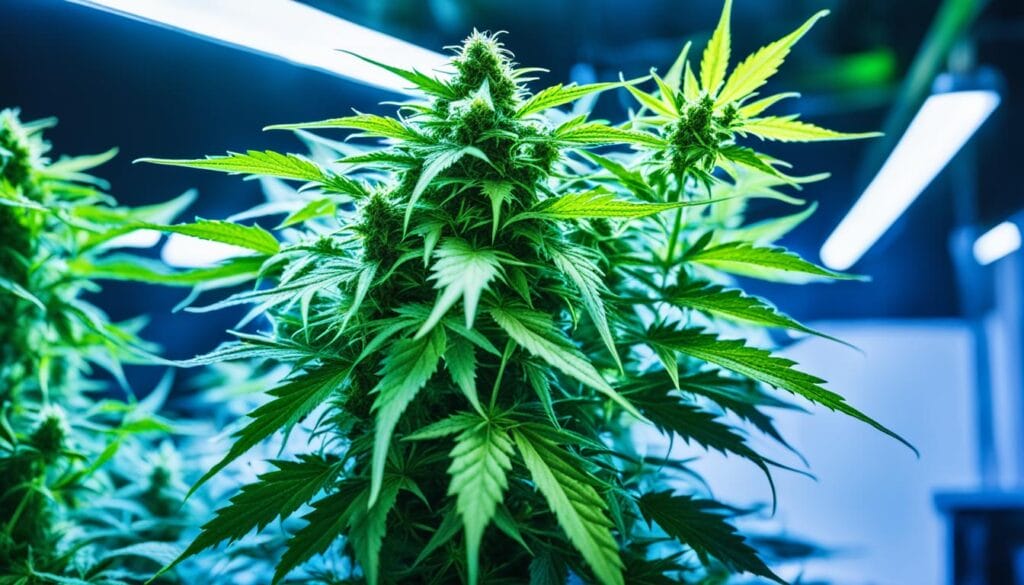
The Flowering Stage
As your plants transition to the flowering stage, their focus shifts toward producing buds and resin. To trigger flowering, it is essential to adjust the light cycle and continue providing the right nutrients and humidity.
| Aspect | Guidelines |
|---|---|
| Light Cycle | Transition to a 12-hour light cycle and 12 hours of uninterrupted darkness daily to initiate and maintain the flowering stage. This light/dark schedule mimics the natural cycle that signals plants to start producing flowers. |
| Nutrient Adjustments | During the flowering stage, adjust your nutrient regimen to meet the plants’ changing needs. Increase phosphorus and potassium levels while slightly reducing nitrogen. This supports healthy bud development and enhances resin production. |
| Humidity Control | Maintain humidity levels between 40% to 50% during the flowering stage. Lower humidity helps prevent mold formation and encourages resin production, leading to potent and aromatic buds. |
By closely monitoring and adjusting the light cycle, nutrient levels, and humidity, you can ensure your feminized plants thrive during both the vegetative and flowering stages, ultimately leading to a successful harvest.
How To Grow Feminized Marijuana Seeds Indoors: Conclusion
Growing feminized seeds indoors offers a rewarding journey for cannabis cultivators, whether they are beginners or experienced growers. By implementing the tips and techniques provided in this guide, you can achieve successful indoor cultivation and maximize your yield and bud quality.
One of the most important aspects of growing feminized seeds indoors is selecting the right strain. Consider the environmental suitability of your indoor space and the desired effects you want from your cannabis. Providing the optimal growing environment, including temperature control, air circulation, lighting, and humidity levels, is essential for the plants’ health and development.
Proper nutrition is also crucial for the successful growth of feminized seeds indoors. Ensure you provide balanced nutrients and monitor the pH levels of the water. Additionally, follow the germination and planting techniques to give your seeds the best possible start.
Throughout the vegetative and flowering stages, adjust the light cycle, nutrient levels, and humidity control to support the plants’ growth and prevent any issues that may arise. With practice, patience, and care, you can cultivate lush feminized cannabis plants indoors and enjoy the rewards of a successful harvest.
Now that you know how to grow feminized marijuana seeds indoors, shop the collection of regular, feminized, and autoflower cannabis seeds at Seeds Here Now.
FAQ
How do I choose the right strain for growing feminized marijuana seeds indoors?
What is the ideal growing environment for feminized marijuana seeds indoors?
What are the different cultivation methods for growing feminized seeds indoors?
What are the essential nutrients required for successful indoor cultivation of feminized seeds?
How do I germinate feminized marijuana seeds for indoor growing?
What is the process for planting and nurturing feminized seedlings indoors?
How do I support the vegetative growth and flowering of feminized seeds indoors?
Back

